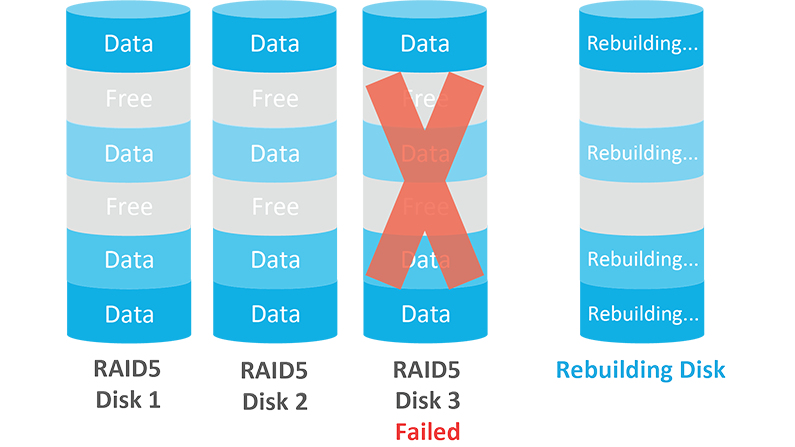
The ability of a channel to transmit information is characterized by a certain number-the carrying capacity, or simply capacity, of the channel. Mixed cases are also possible, but it is usually preferred to consider one of the two cases as an idealization. In continuous channels the input and output signals are functions of the continuous parameter t -time. In discrete channels signals at the input and output are sequences of “letters” from one and the same or different “alphabets” (codes).

If p(y|x) = 1 for y = x and p(y|x) = 0 for y ≠ x, the channel is called a channel without noise.Ī distinction is made between discrete and continuous channels in accordance with the structure of input and output signals. The conditional probabilities p(y|x) describe the statistical property of the “noise” (interference) that distorts signals during the transmission process.

The concept of the channel is approached in the following way: the channel is defined by the set of “permissible” messages (or signals) x at the input, the set of messages (signals) y at the output, and the set of conditional probabilities p( y|x) of receiving signal y at the output with input signal x. In information theory specific communications systems are considered only from the point of view of the amount of information that can be transmitted reliably using them. Unlike engineering, information theory abstracts from the concrete nature of these devices, much as geometry studies the volumes of bodies in abstraction from the material of which they are made. In information theory, any device for transmitting information. (2) The aggregate of digital computer devices directly involved in the reception, storage, processing, and readout of information. The effectiveness of channels is characterized by the speed and reliability of information transmission, the reliability of operation of the devices, and the time delay of signals.
IP FAST CHANNEL CODE
The technical characteristics of a channel are determined by the operating principle of the devices included in it, the type of signal, the properties and composition of the physical media in which the electrical, acoustic, and light signals are propagated, and the properties of the code or language being used. In communications, use is ordinarily made of radio channels, acoustical and optical communications lines, signal cable, wires, and telephone, telegraph, and radio relay lines.

The initial and terminal devices may be telephones or telegraphs, tape recorders, punchers, computers, lasers, or acoustical devices. (1) The set of devices connecting communications lines, for receiving, transmitting, converting, and recording information.


 0 kommentar(er)
0 kommentar(er)
